#lamb recipes
Photo

Grilled lamb chops with peanut sauce
#lamb chops#grilled lamb#barbecue#bbq#food#meat#peanut sauce#grilling#peanuts#spicy#main course#dinner#lamb recipes#barbecue recipes#foodporn#delicious#cooking#food photography#foodgasm#recipe
1K notes
·
View notes
Photo
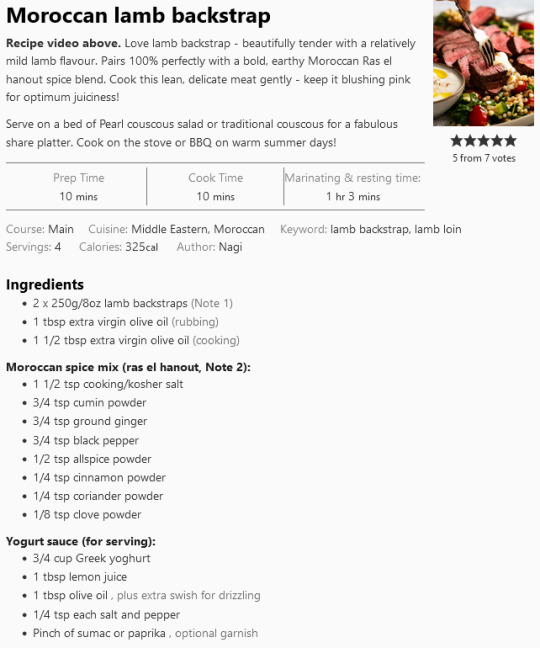
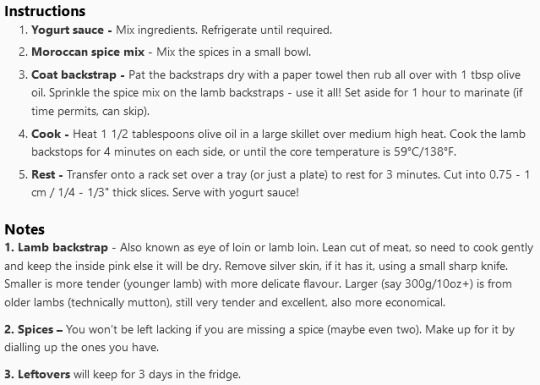
#moroccan#lamb#lamb recipes#backstrap#lamb backstrap#ras el hanout#moroccan recipe#moroccan recipes#lamb recipe#yogurt sauce#yoghurt sauce
2 notes
·
View notes
Photo
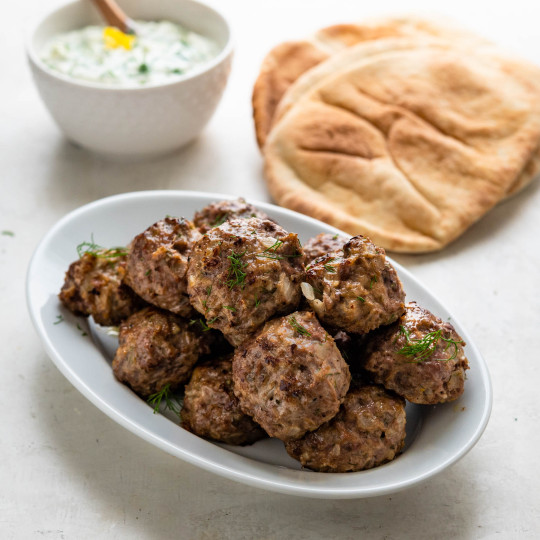
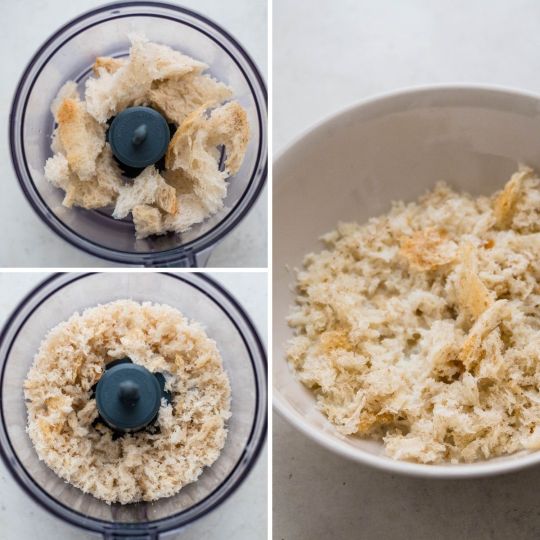
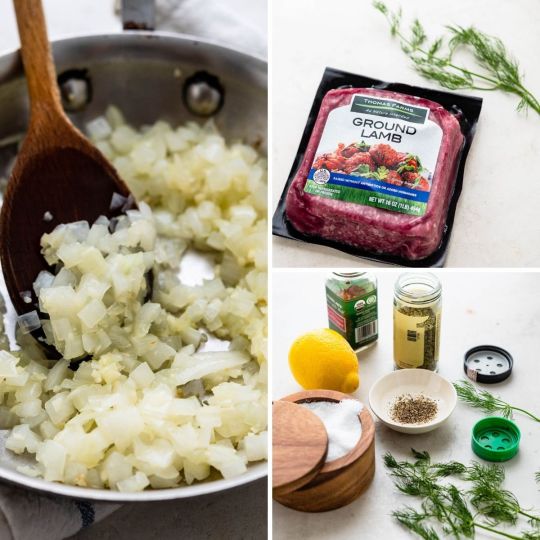
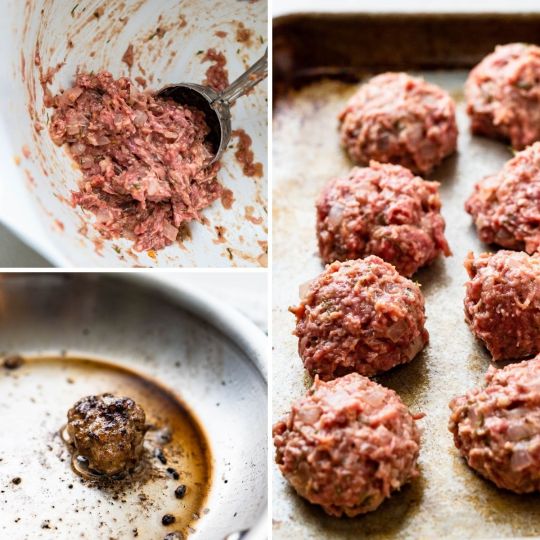
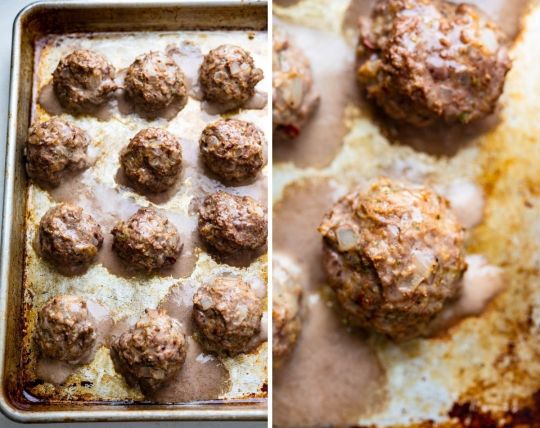
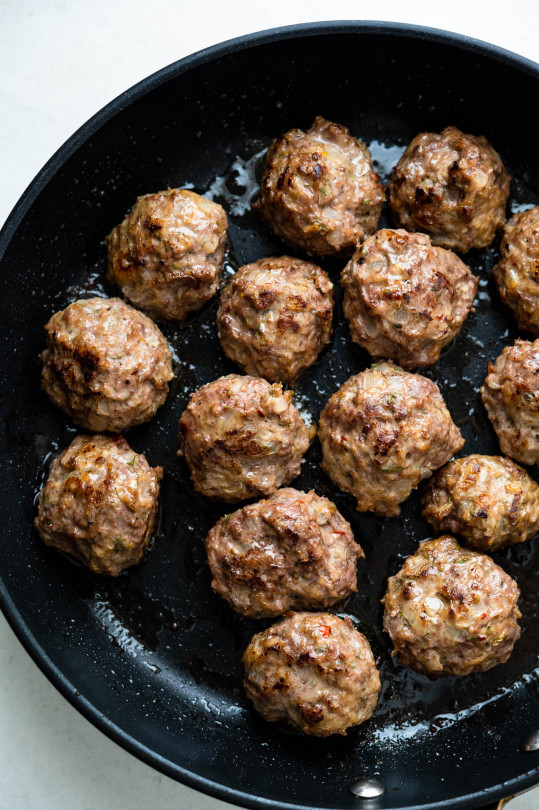
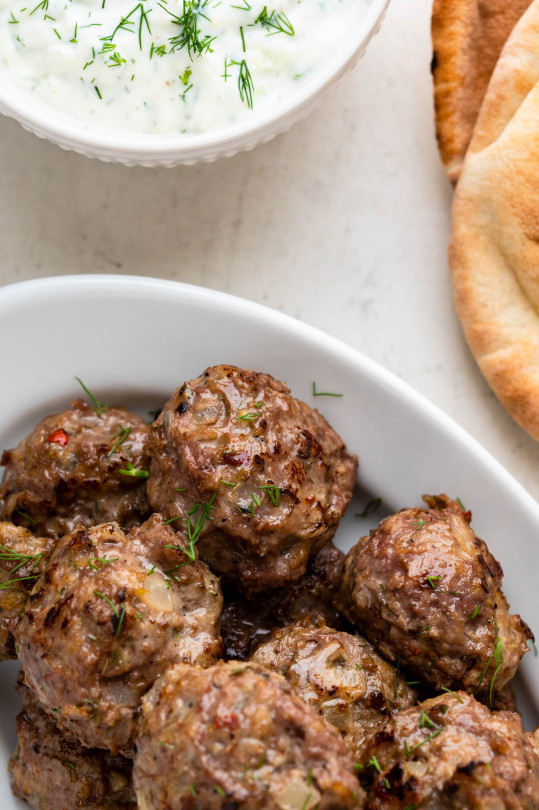
These easy Mediterranean inspired lamb meatballs are tender, flavorful and juicy. Seasoned with cumin, oregano, crushed red pepper, garlic, fresh dill and lemon zest, this zippy lamb meatball recipe is perfect for appetizers with tzatziki or to pile on a gyro. Make these simple Greek style meatballs tonight.
9 notes
·
View notes
Photo

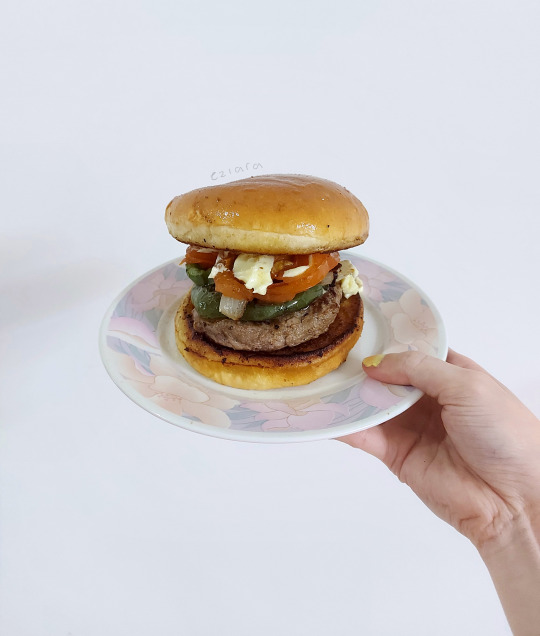


My personal Mediterranean inspired lamb burger! 🍔 ❤️
I really enjoy eating lamb but I don’t do it very often...
#food#foodie#burger#lamb recipes#food photography#photography#cooking#dinnertime#Mediterranean#tasty food#healthy food#food blog#food blogger#food porn#food photos#food aesthetic#food lover#food of the day#food of tumblr#comfort food#yummy#delicious#vsco#vscofood#homecook#homecooking#foodgasm#foodgram#tasty#food for thought
1 note
·
View note
Text
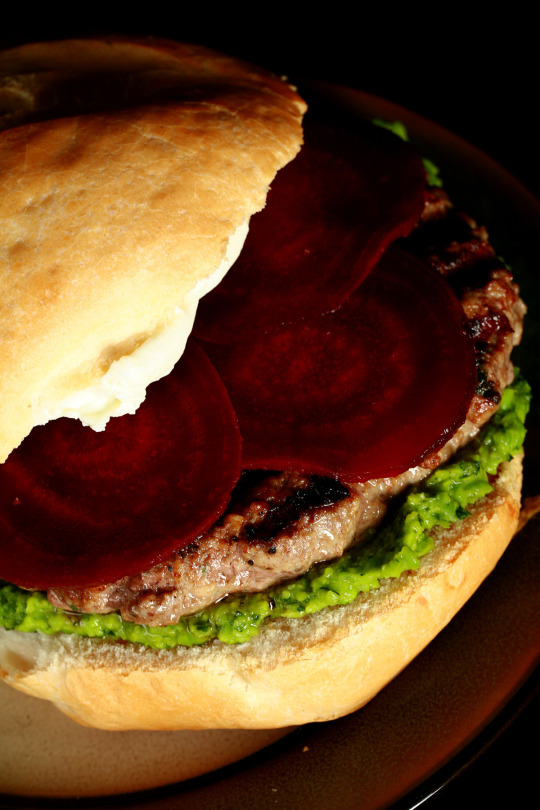
0 notes
Text
Ndambe (Senegalese Lamb and Black-Eyed Pea Stew) Recipe | Saveur
1 note
·
View note
Text
#lamb chops#lamb recipes#cooking#easy recipes#clean eating#eating clean#very tasty#foodgasm#healthy food#meat#meatlover
0 notes
Photo

Summer Lamb Kabobs
#Garlic and lamb pair perfectly. The herbs and spices in this recipe work in harmony with the meat to create a delicious treat for friends an#garlic#hobby#lamb recipes#grill
0 notes
Text
"A Casserole from 1817? |Historical Cooking Techniques| 200 Year Old Lamb Casserole"
youtube
#Youtube#lamb recipes#food mention#food#mashed potatoes#potato#potatoes#easy meals#meal#meat#meal ideas#meal inspiration#meal inspo#dinner ideas#dinningtable#dinner#1800s#1800s aesthetic#mid 1800s#lifestyle#cabincore#cabin fever#cabinporn#cabin living#cabin life#nostalgia#vintage#lamb chops#casserole#soul food
0 notes
Link
Braised New Zealand Lamb Leg Roast With Herbs And Spices
I love pairing lamb with tons of herbs and spices, it blends beautifully with robust flavor profiles. This oven braised lamb leg roast recipe features an herb and spice paste that when rubbed into the meat and left to marinate, creates an amazing roast packed with savory flavor. If you’ve ever felt intimidated by cooking a leg of lamb, this is the perfect first recipe to try it out with. Serve with harissa on the side for a kick of Middle Eastern flavor.
Ingredients:
🍴 2 teaspoons cumin seeds
🍴 3 cloves of garlic, smashed
🍴 ¼ cup chopped fresh rosemary
🍴 1 teaspoon dried thyme
🍴 1 teaspoon dried oregano
🍴 1 teaspoon freshly ground black pepper
🍴 ½ cup avocado oil
🍴 1 lamb leg roast
🍴 Sea salt to taste
🍴 1 small onion, chopped
🍴 1 small fennel bulb, chopped
🍴 1 parsnip, peeled and chopped
🍴 1 head of garlic cut in half
🍴 ¼ – ½ teaspoon crushed red pepper flakes, to taste
🍴 ½ cup dry red wine. https://bit.ly/36RtJoV
1 note
·
View note
Photo

Broiled lamb chops
#lamb#meat#dinner#lamb chops#food#main course#meal#red meat#mashed potatoes#holiday food#easter dinner#lamb recipes#easy recipes#tasty#foodporn#delicious#cooking#food photography#foodgasm#recipe
837 notes
·
View notes
Link
Delicious New Recipes Guaranteed to Please and Many are Newly Created.
#beef recipes#chicken recipes#lamb recipes#salsa recipe#texas caviar#grilling recipes#delicious recipes#boubon flank steak
0 notes
Photo

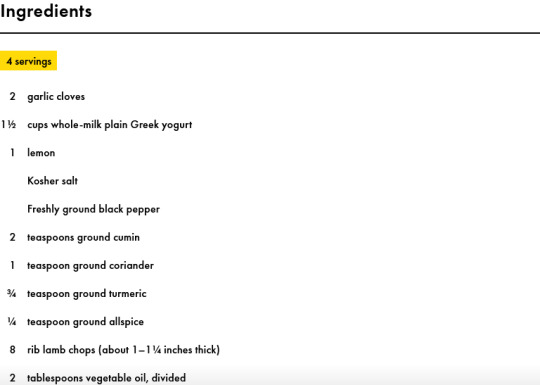
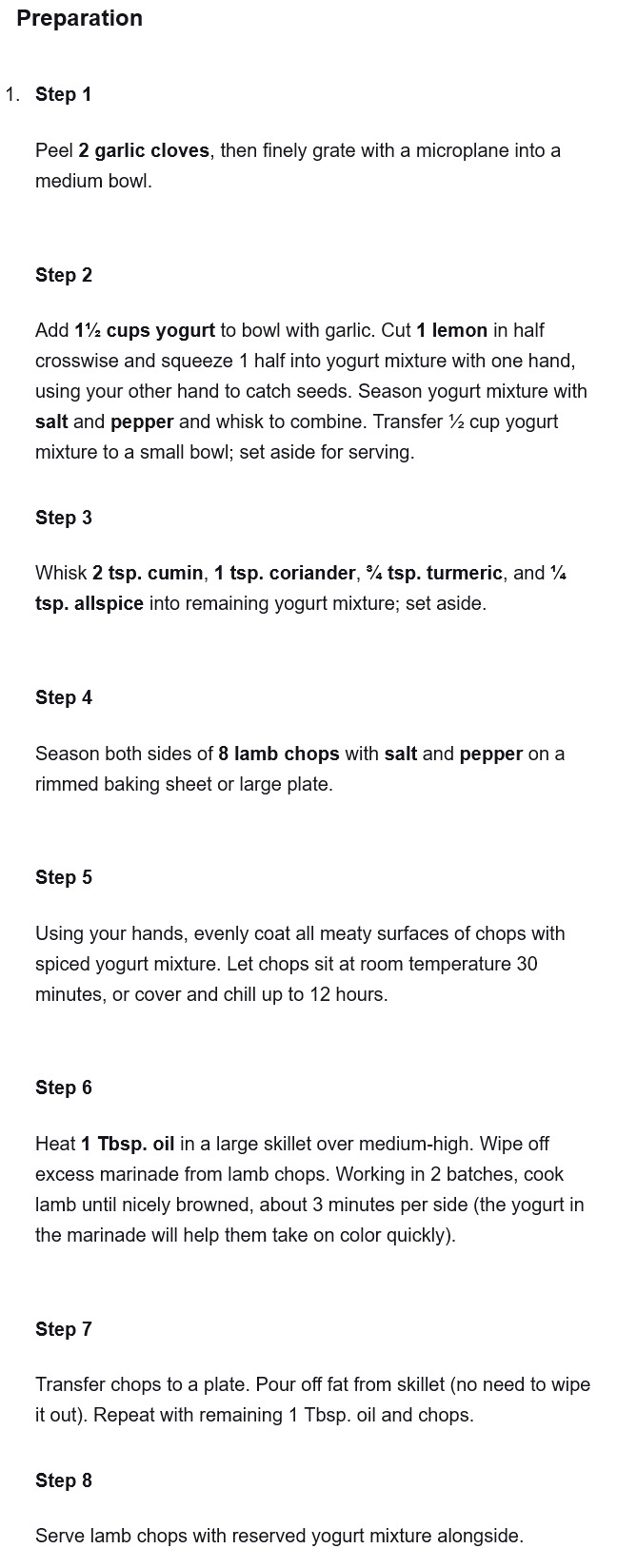
#lamb#garlic#yogurt#yoghurt#yogurt sauce#yoghurt sauce#lamb recipe#lamb recipes#lamb chop#lamb chops
0 notes
Photo

Get ready to enjoy some mouthwatering #lamb #dishes with this #recipe. You'll love it! This recipe for lamb #curries is a great option if you're looking for something different. Try it out today!
Checkout Our Detail Recipe Blog ➡️ https://famousdishes.in/recipe-dal-gosht-how-to-make-dal-gosht/
Checkout recipe video ➡️ https://youtu.be/DxO-f1ZqOVY
1 note
·
View note
Text
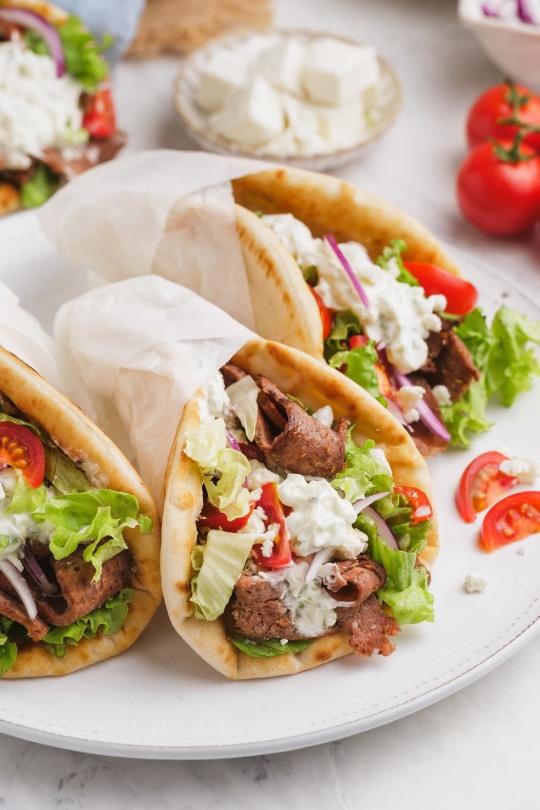
Homemade Gyros
#food#recipe#lunch#dinner#gyro#beef#lamb#tomatoes#lettuce#onions#tzatziki#cucumber#mint#garlic#yogurt#pita
230 notes
·
View notes
Text

[ID: A greyish brown stew presented alongside flatbread, red pepper paste, green peppers, and carrot sticks. End ID]
سماقية / Summagiyya (Gazan stew with chard, chickpea, sumac, and 'lamb')
Summagiyya (سُمَّاقِيَّة; also translitered "sumagiyya", "sumaghiyyeh" or "sumaqiyya") is one of the signature dishes of the Gaza strip, in particular Gaza City. It consists of lamb, chard, and chickpeas in a sumac-infused broth; savor and zest is added by a dagga of dill seeds, garlic, and peppers, and nutty depth by a generous drizzle of red tahina. The resulting stew is thick, earthy, and slodgily grey (due to the green chard and red sumac)—it also has the characteristic sourness of much Gazan cuisine.
Summagiyya is most often prepared during holidays, especially Eid al-Fitr; it's an excellent make-ahead dish for these occasions, since it's even better once its flavors have had time to meld and mellow overnight. It is served cold alongside fresh vegetables, and eaten by using flatbread to scoop up each bite. This recipe provides a spiced seitan recipe to replace the lamb, but you may also use any lamb or beef substitute of your choice.
Today, summagiyya is often prepared with Israeli white tahina, as decades of punitive import laws, taxes, and restrictions have enforced Palestine's status as a consumer, rather than an producer, of food products. Israeli tariffs on, and confiscations of, Palestinian goods have forced those tahina factories that survived to import sesame seeds rather than using locally grown crops, even as they export the best of their product to Israel. The dubbing of foods such as tahina and hummus as culturally "Israeli" cuisine works to hide this exploitative relationship, and cement an Israeli national identity through the subsuming and erasure of Palestinian existence. It is for this reason that Emad Moussa writes that Palestinian cuisine has a role in "protecting against a people's very extinction."
Medical Aid for Palestinians (MAP) has put out an urgent call for donations to provide medical supplies to Palestinian hospitals when supply lines reopen. Also contact your representatives in the USA, UK, and Canada.
Ingredients:
For the soup:
500g (2 large bunches) chard (شلق), diced
80g Levantine sumac berries (Rhus coriaria)
1/2 cup soaked and boiled chickpeas, mostly cooked (40g dry / scant 1/4 cup)
1/4 cup red tahina
1/2 cup (60g) all-purpose flour
1 large yellow onion
1/4 cup olive oil
1 tsp kosher salt
2 cardamom pods (optional)
2 allspice berries (optional)
More olive oil, to fry
Sumac berries can be found in the spice section of a halal grocery store. If you're unable to locate whole berries, pre-ground will do.
For the dagga:
1 1/2 Tbsp dill seeds
5 cloves garlic
1/2 green cubanelle pepper
2-3 dried red chilis (optional)
1/2 tsp black pepper
1/4 tsp cumin
Dill seeds may be found at a halal, south Asian, or speciality European grocery store. They are commonly used in Indian food and as a pickling spice. At a south Asian grocery store they may be labelled soyo, suva, shepu, or savaa.
For the lamb:
1 cup (120g) vital wheat gluten, aka gluten flour
1/2 Tbsp ground sumac
1/2 tsp ground caraway
1 tsp onion powder
1 tsp Palestinian 7-spice
1/2 tsp garlic powder
1/2 tsp sea salt
1/2 tsp ground black pepper
1/2 tsp ground cumin
1/2 tsp ground aniseed
1/2 tsp turnermic
1 tbsp olive oil
1/2 tsp soy sauce
1 tsp miso paste
2 cloves garlic, grated
2 tsp pomegranate molasses
1 Tbsp white or red tahina
About 1/2 cup vegetarian 'beef' stock from concentrate, or vegetable stock
Pomegranate molasses is simply pomegranate juice that has been reduced to a thick consistency. It may be found in the sauces section of a halal grocery store.
Instructions:
For the soup:
1. Soak dried chickpeas in cool water overnight, or in just-boiled water for an hour. Drain and re-cover with water, and boil for 30-45 minutes, until almost fully cooked. Drain and set aside.
2. Simmer sumac seeds in enough water to cover by a couple inches for about an hour, until the water is dark red. Blend the seeds and water together, then strain the mixture through a cheesecloth.
If you're using ground sumac, skip the blending step. Use a cheesecloth or very fine metal sieve (such as one intended for brewing tea) to remove the ground spice from the water.
3. Whisk the flour into the sumac-infused water.
For the lamb:
1. Combine all dry ingredients in a large mixing bowl. Add wet ingredients other than stock and stir briefly. Add enough stock to produce a soft, smooth dough.
2. Knead by hand on a clean surface, or put in a stand mixer with paddle attachment on medium-low, for about 5 minutes. You should see stringy strands begin to form in the dough.
3. Allow to rest, covered, for 5-10 minutes to encourage gluten formation. Knead for another 3 minutes. Do not over-knead.
4. Tear the dough into bite-sized pieces.
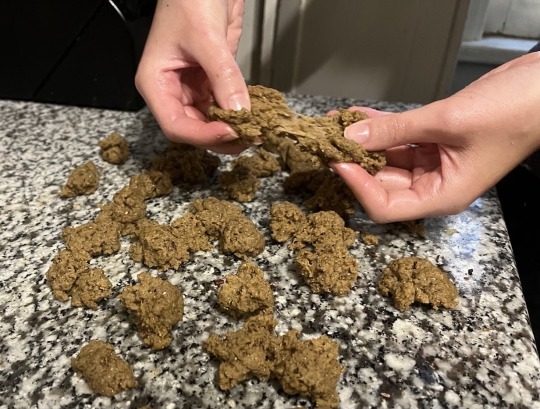
Stringy seitan being pulled apart into pieces.
You may also shape the dough into a slab and cube it with a sharp knife—the lamb or beef used in summagiyya is usually cubed—but I prefer the texture of torn seitan to sliced.
5. Steam the seitan pieces for 10 minutes in a bamboo steamer or using a metal steamer basket. Place the bamboo steamer in the bottom of a wok and cover its base by about 1/2" (1 cm), then raise the heat to boil the water; lower the heat to keep the water at a simmer. If using a steamer basket, place it over the opening of a pot containing a couple inches of water and bring it to a simmer. Start the timer when the water begins simmering.
6. Heat olive oil on medium-high and sear the steamed seitan pieces, turning as necessary, until deeply browned on all sides. Set aside.

Fried seitan pieces.
You can save a step here by searing the raw seitan, then returning it to the pot after you've fried the onions to simmer it rather than steaming. I found that this produced a mushier texture.
For the dagga (دقة):
1. Grind cumin and black pepper thoroughly in a mortar and pestle, then add dried red pepper and dill seed and crush coarsely. Add green sweet pepper and garlic and pound until a coarse mixture forms.
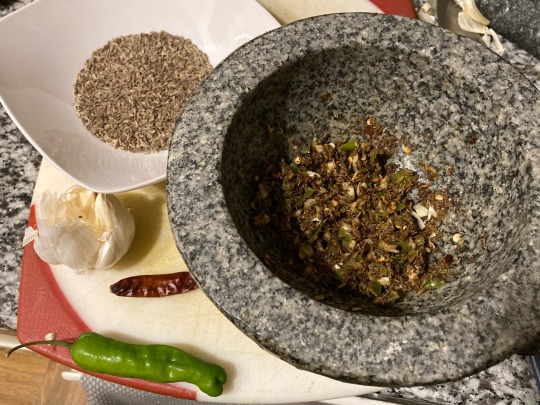
Dill seeds, green sweet pepper, garlic, and dried red chili on a cutting board, alongside dagga in a large granite mortar.
You may also use a spice mill or food processor.
To assemble:
1. Chop the onion. Wash the chard and slice it thinly in one direction; turn it ninety degrees and slice thinly again.
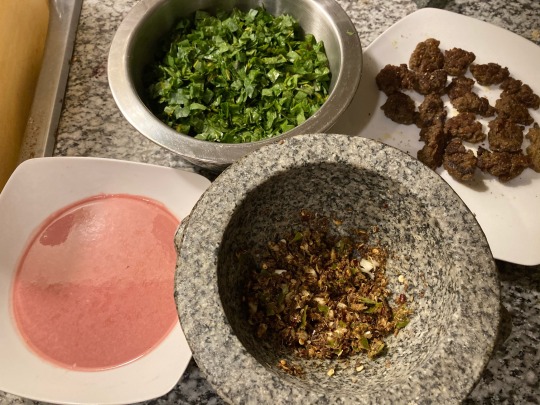
Diced chard, fried seitan, dagga, and sumac-infused water with flour.
2. In a large pot, heat a couple tablespoons of olive oil on medium. Fry chopped onion, cardamom pods, and allspice berries for a minute until fragrant. Add half of the dagga and fry until fragrant.
3. Add chard and fry, mixing often, until wilted.
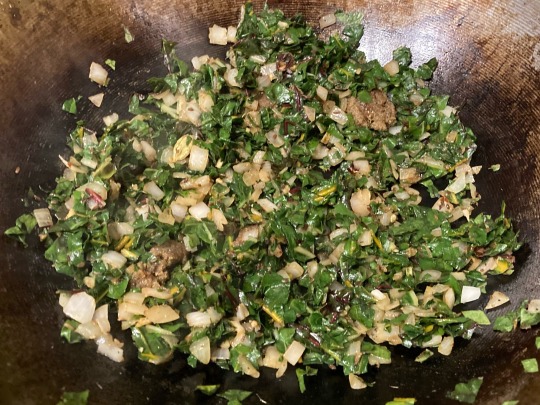
Wilted chard in a wok.
4. Add sumac mixture, chickpeas, and water to cover. Bring to a boil, then lower heat to a simmer. If you didn't steam your seitan earlier, add it now.
5. Continue to stir and simmer until the stew is thick, homogenous, and greyish-brown, about 15 minutes.

Simmered stew.
6. Add the remainder of the garlic mixture, the red tahina, a pinch of ground cumin, the 1/4 cup olive oil, and salt to taste. Return the steamed and seared seitan to the pot and mix.
Serve cool with flatbread, sweet green peppers, bitter green and black olives, carrots, leafy greens, and/or pickles.
#vegetarian recipes#vegan recipe#vegan cooking#Palestinian#Gazan#chickpeas#lamb#seitan#chard#dill seeds#pomegranate molasses
475 notes
·
View notes